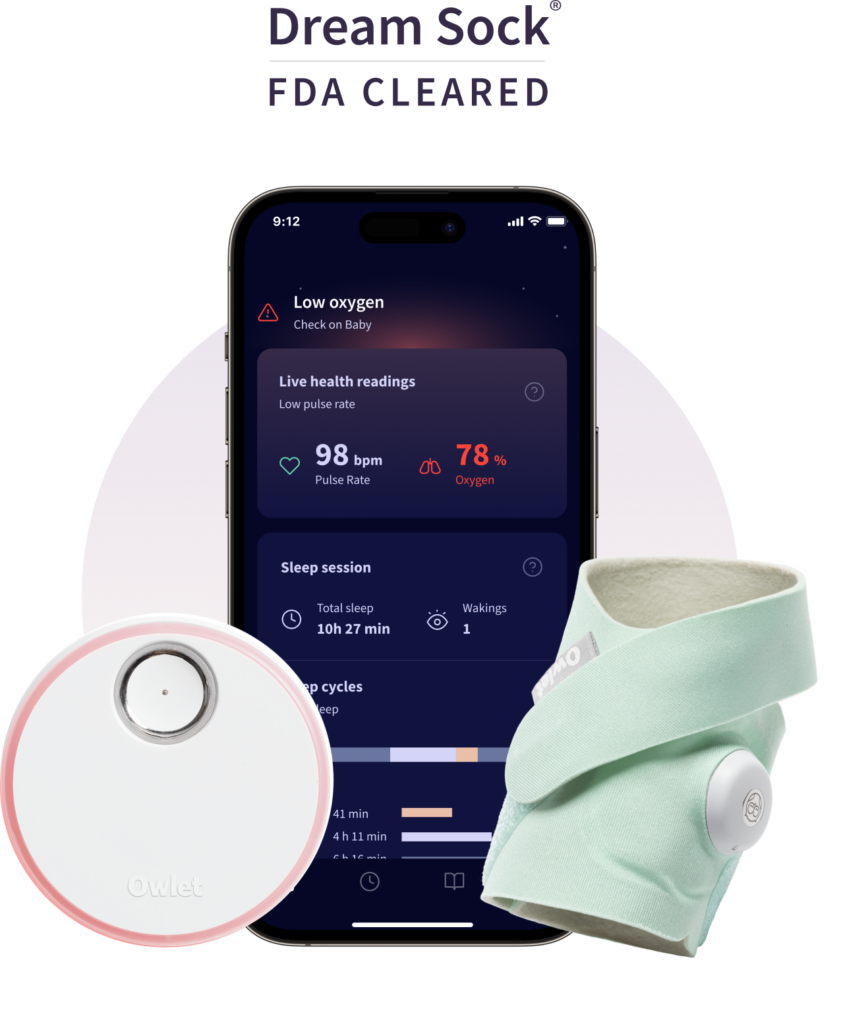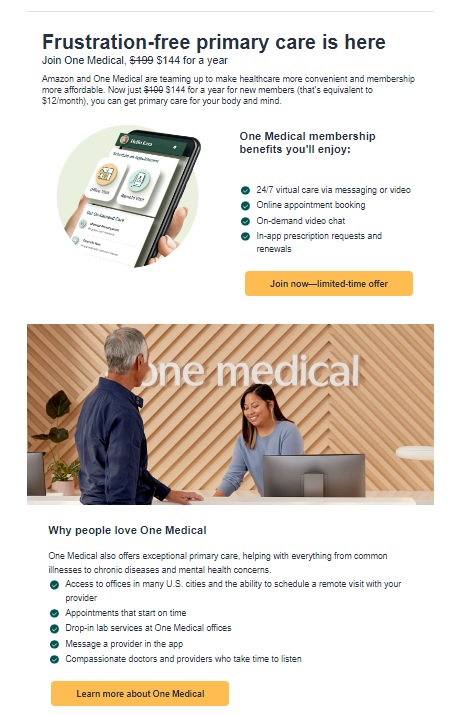When It Rains, It Really Pours for UnitedHealth Group. On the heels of their Optum/Change Healthcare ransomware disaster are recent reports that the US Department of Justice is investigating UHG over multiple antitrust concerns. According to the Wall Street Journal, DOJ is examining certain relationships between the company’s UnitedHealthcare insurance unit and its Optum services unit, specifically around Optum’s ownership of physician groups. UHG has been aggressively buying and buying interests in practice groups for several years, announcing quite publicly that their goal was to own or control 5% of US physicians. In 2022 and 2023, they bought CareMount, Kelsey-Seybold, Atrius Health, Healthcare Associates of Texas, and Crystal Run Healthcare (Becker’s). Local reporting by the Examiner News in Westchester, NY, brought much of this history to light. In that area, it started with local practice group CareMount and their 25% layoff after being folded into Optum Tri-State with ProHealth in Long Island and NYC and Riverside Health–a layoff pattern that accelerated in the practice groups in 2023.
DOJ lost out on their challenge to the Change Healthcare acquisition in November 2022, deciding not to appeal the Federal District Court decision in 2023 [TTA 23 Mar 2023]. But DOJ never sleeps; they are examining with a microscope UHG’s $3.3 billion bid for home health provider Amedisys that started in August 2023 and has not moved forward. DOJ has a long memory, a Paul Bunyan-sized ax to grind, and doesn’t like losing. One wonders if now UHG has buyer’s remorse after fighting for two years to buy Change.
In the Alternate Reality Department, One Medical CEO Trent Green insisted that their reorganization and layoffs were unrelated to their acquisition by Amazon. Those of us who are a little less credulous know that with 98% of acquisitions, staff are laid off. Overlapping areas wind up being pinkslipped, no matter their individuals’ quality or even difference in business: finance, HR, legal, marketing, IT, operations, compliance, sales, account managers…the list is almost endless. According to the Washington Post article (also Becker’s), One Medical cuts, estimated at up to 400, also included front desk staff, office managers, health coaches, behavioral health specialists and a pediatrician–people who aren’t employed by other Amazon units. One Medical’s corporate offices in New York, Minneapolis, and St. Petersburg, Florida are closing, and its San Francisco office space is reduced to one floor. TTA 14 Feb
One Medical has never been profitable, as this Editor noted when the acquisition was announced as part of the “race to transform healthcare models”. This wasn’t going to last long with Amazon, which has been aggressively been cutting and dumping in other units such as Audible, Prime, and Halo. Marketing Amazon-style with deeply discounted memberships to Prime members also has its limitations. One Medical has a scant 200 mostly urban offices, which means that members outside those areas only have access to virtual visits. It had previously cultivated a patient population of young, mostly healthy and lower-cost urbanites, who as they grow older and have families might stick with the practice–or find it not compatible with or targeted to their needs in middle age. Management has changed: Green replaced Amir Dan Rubin, MD, as CEO last September. CFO Bjorn Thaler will move to a new position focused on growth initiatives. A layer of regional general managers will report to an Amazon head of operations, and legal, finance, and technology teams will report to Amazon’s healthcare business structure. Inbound calls now go to Mission Control, a central call center, and even those humans will be in future supplemented by an AI-enabled chatbot.
Iora Health, One Medical’s specialized (acquired) unit in Medicare Advantage and Medicare Shared Savings Programs including the advanced ACO REACH model, in October was rebranded as One Medical Senior, with an intention for all One Medical offices to serve age 65+–but with current patients, many with multiple chronic conditions, now reporting cutbacks in callbacks, appointment length, physician load, and services provided such as transportation. One clinic had 20 staff cut back to five with patients pushed out to virtual visits–hardly appropriate for a high needs, older, less technologically savvy patient population in value-based care, quality-measured models. Editor’s note: having had some experience in ACO and VBC World, Amazon may as well get out of ACOs because practices in these primary care models require specialized and dedicated management, reporting, and population nurturing. They don’t mainstream well. I have also read that ironically, Iora was profitable for OneMedical, which is 1) why they bought it and 2) ran it separately.
In this Editor’s view, human costs are a factor shown to be absent from Amazon’s business calculations for success–which doesn’t quite square with the mission of healthcare for healthier patients and better outcomes.
Speaking of the reality of human cost, let’s spare a thought for those dealing with the effects of a cyberattack or data breach. They are the IT staff, pharmacists, software specialists, front line clinicians, billing specialists, doctors, therapists, business managers, coders…the list goes on. They share their feelings of frustration, helplessness, distress, aloneness, and financial fear on Reddit, Twitter/X and other forums. Few think of them taking the brunt of patient frustration and their state of mind day after day as Change/Optum’s disaster goes on and on. Writer Molly Gamble of Becker’s has the final and most sympathetically descriptive say in her brief but important article about When ransomware strikes, who to call? A full read is recommended.
Helplessness or loss of control, especially at a collective level, can be psychologically and emotionally taxing. Recognizing a threat but not knowing what to do about it can increase one’s stress, anxiety and fear. The lack of a known end point of a cyberattack like Change is experiencing can intensify psychological distress. Some independent therapists, for instance, have noted they have halted their insurance billing for a week due to the downtime and expressed fear about going longer without income.
These mental effects, while lesser-discussed, are exactly what cyberthreats intend to bring on. Cyberterrorists want to create mental and physical harm, and research has found that the psychological effects of cyber threats can rival those of traditional terrorism.














Most Recent Comments